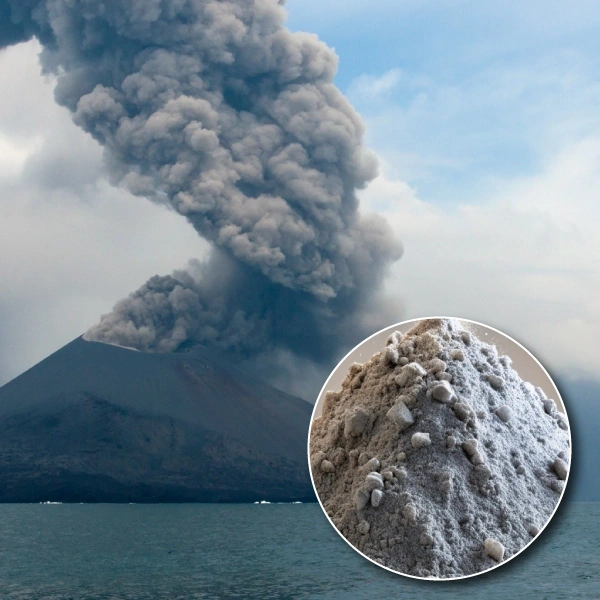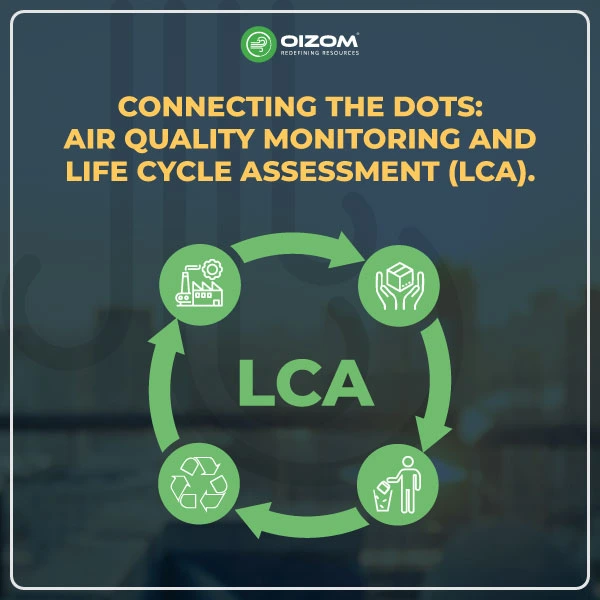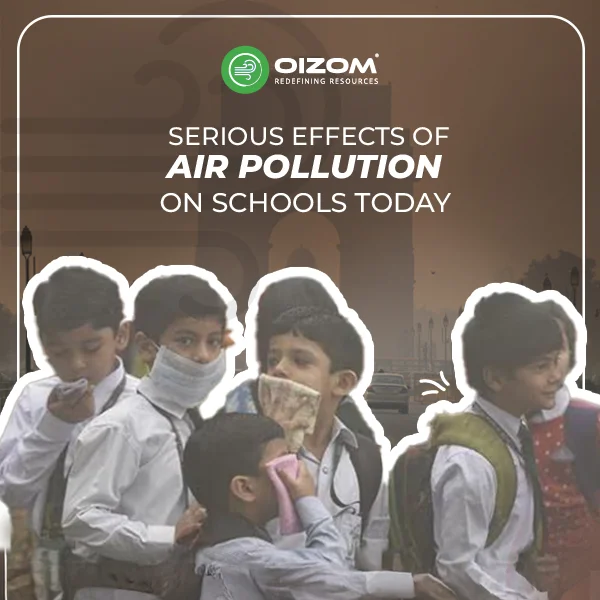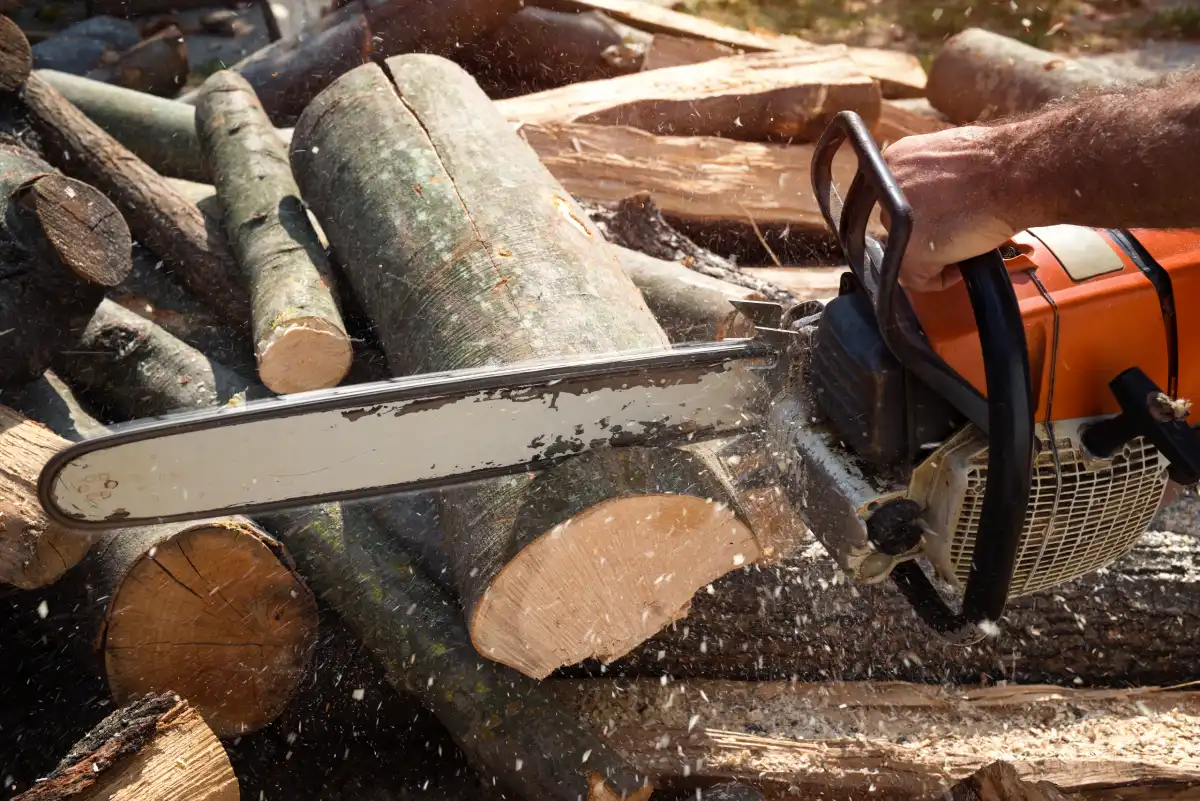Volcanic ash, which consists of shattered rock particles with a diameter of less than 2 mm, is a type of natural pollutant that is sometimes disregarded. These ashes are produced during volcanic eruptions and may be heated at first but cool as they move away from the volcano. They pose heat hazards and risks to human and environmental health. These ashes may be coated with a thin, acidic layer, accelerating the deterioration of respiratory and ocular conditions. They indirectly affect water and food supply systems.
Volcanic ash exposure can induce acute respiratory morbidity, particularly in people with pre-existing respiratory diseases. Ultra-fine air pollution, such as volcanic ash, aerosol, and acid gas releases, can travel hundreds of kilometers and have health consequences far away from their source. Volcano-induced starvation, tsunamis, and mudflows are responsible for the vast majority of mortality caused by eruptions. However, Dr. Clair Horwell of Durham University’s Institute of Hazard and Risk Research claims that official figures frequently fail to account for or significantly understate, the morbidity associated with volcanic air pollution exposures. This blog will provide complete information regarding volcanic ash, its health effects, and how to protect yourself against it.
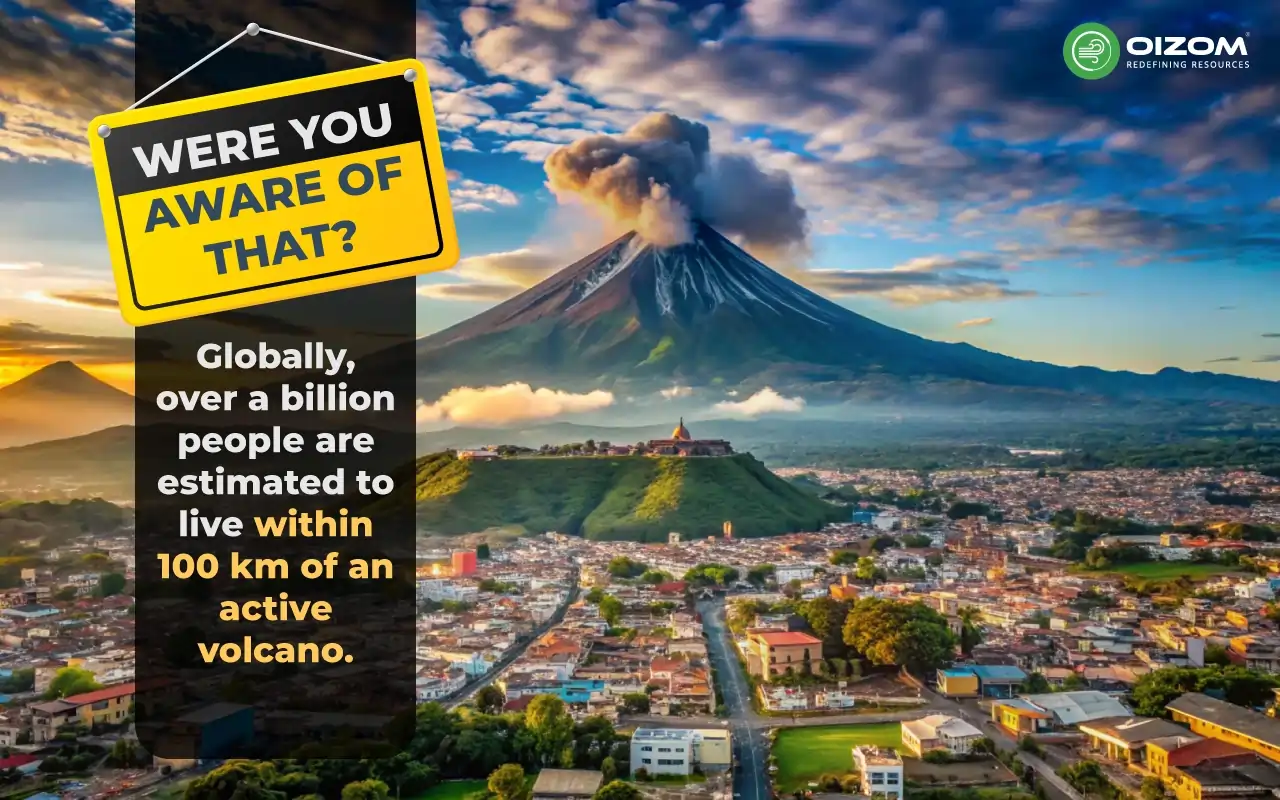
What are the effects of ash on health?
Exposure to volcanic ash can irritate the eyes, cause skin irritation, and affect the respiratory system. When you breathe air polluted with ash, the particles irritate your airways, forcing them to contract more frequently. Exposure to ash can offer substantial health hazards for persons who already have respiratory disorders, including asthma, emphysema, or other chronic lung diseases.
Respiratory effects
- Even healthy people can suffer various health consequences due to prolonged exposure to volcanic ash. Symptoms include chest pain, throat and nose inflammation, and trouble breathing. Although these symptoms may be temporary, long-term respiratory complications are still dangerous.
- Fine inhaled particles can penetrate deeply into the lung alveoli, resulting in acute respiratory symptoms such as coughing and respiratory tract discomfort. Individuals with a history of respiratory or cardiac problems may find that exposure to volcanic ash worsens their health, sometimes decades after the first exposure.
- Furthermore, prolonged exposure to crystalline silica ashes can increase the risk of pulmonary silicosis, a chronic disease.
Asthma attacks
Volcanic eruptions can potentially worsen respiratory conditions like asthma and bronchitis. Studies reveal that pre-existing respiratory disorders are a significant risk factor for the harmful effects of volcanic eruption.
- Irritation and Inflammation: Fine ash particles smaller than 10 micrometers in diameter can be breathed deeply into the lungs. These particles irritate the airways, producing inflammation and constriction of the bronchial tube. This causes difficulty in breathing and triggers asthma symptoms.
- Increased Mucus Production: Ash particles irritate the airways, stimulating them to create more mucus. This viscous mucus further clogs the airways, making breathing more difficult.
- Exacerbation of Existing Asthma: For people with asthma, exposure to volcanic ash can worsen existing symptoms, leading to
- Wheezing
- Coughing
- Chest tightness,
- Shortness of breath
- Difficulty breathing
Potential for New-Onset Asthma: Individuals who have never been diagnosed with asthma may suffer asthma-like symptoms for the first time after exposure to volcanic ash, particularly if they have underlying respiratory illnesses or sensitivities.
Breathing problems:
Fine ash particles irritate and compress the airways, making breathing more difficult in patients with pre-existing lung disorders. The fine dust also stimulates the lining of the airways to create more secretions, causing people to cough and breathe more deeply. Asthma sufferers, particularly youngsters heavily exposed to the ash while playing may experience coughing, chest tightness, and wheezing. Some persons who have never had asthma may develop asthma symptoms after an ashfall, especially if they walk outside in the ash and overexert themselves.
- The most hazardous eruptions generate fine-grained ash with a high content of free crystalline silica, as this mineral can potentially cause silicosis (a chronic lung disease resulting in scarring damage to the lungs and impairment of their function). Silicosis is primarily an occupational disease associated with stone-cutting, road and building construction, and quarrying.
Some volcanoes mass-produce crystalline silica in lava domes. These are viscous lava piles that grow within volcanic craters and are prone to collapse, generating airborne fine-grained ash rich in free crystalline silica.
What factors affect respiratory symptoms?
Various factors influence the onset of respiratory symptoms after inhaling volcanic ash. These include particle concentrations in the air, fine particle proportions in the ash, exposure frequency and duration, crystalline silica, volcanic gases or aerosols combined with the ash, and meteorological circumstances. Existing medical issues, as well as the usage of respiratory protection equipment, will all impact the symptoms.
Eye symptoms
Eye irritation is a common health complication because grit particles can cause painful scratches in the front of the eye (corneal abrasions) and conjunctivitis. Contact lens wearers should be especially mindful of this issue and remove their lenses to avoid corneal damage.
Common symptoms include:
- Eyes feel as though there are foreign particles in them.
- Eyes becoming painful, itchy, or bloodshot.
- Sticky discharge or tearing.
- Corneal abrasions or scratches.
- Acute conjunctivitis, or the inflammation of the conjunctival sac that surrounds the eyeball due to the presence of ash, leads to redness, burning of the eyes, and photosensitivity.
Skin irritation
While not common, volcanic ash can cause skin irritation for some people, especially if the ash is acidic.
Symptoms include:
- Irritation and reddening of the skin.
- Secondary infections due to scratching.
How to protect yourself against ash
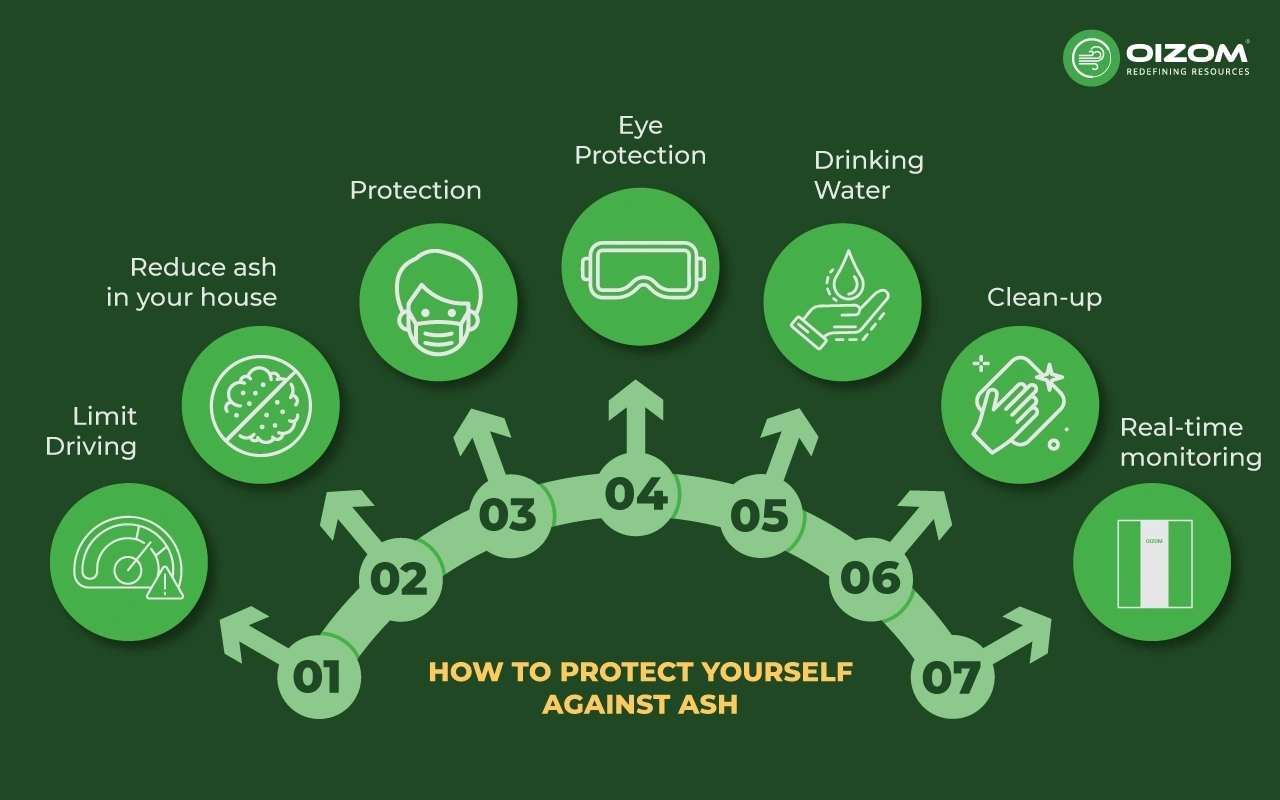
Fortunately, there are many ways to avoid and protect yourself against the dangers of volcanic ash. Precautions for the general public, as published by the Federal Emergency Management Agency (FEMA), are outlined below:
- Limit Driving: Driving conditions, vision, and air quality can all be significantly impacted immediately following an ashfall, even if it is light. This is particularly true when cars resuspend ash. Rainfall suddenly but briefly affects air quality until the ash dries out. Following an ashfall, we urge that you avoid driving and stay indoors if possible. If you must drive, keep a safe distance from the vehicle ahead of you and drive slowly.
- Reduce ash in your house: Keep all doors and windows closed whenever possible.
- Protection: Those performing clean-up activities should always wear effective dust masks. If no authorized mask is available, a fabric mask made from the cloth will filter out bigger ash particles that might cause throat and eye irritation. Dampening the fabric with water increases its effectiveness. People with chronic bronchitis, emphysema, or asthma should stay indoors and prevent excessive exposure to ash.
- Eye Protection: In fine-ash conditions, wear goggles or corrective eyewear instead of contact lenses to prevent eye irritation.
- Drinking Water: It is normally acceptable to consume ash-contaminated water after light ashfall. However, it is best to filter out the ash particles first. However, ash increases the chlorine required in disinfected surface-collected water, making it potentially microbiologically dangerous to consume. Before becoming a health danger, ash usually makes drinking water taste unpleasant (sour, metallic, or bitter). The best method to protect your safety is to stock up on water before the event. Collect enough drinking water to last at least a week. If you collect rainwater, cover the tank and disconnect any downpipes before ashfall.
- Clean-up: Lightly water down the ash deposits before they are removed by shoveling. Be careful not to wet the deposits on roofs, as this can cause excessive loading and the danger of collapse. Dry brushing can produce very high exposure levels and should be avoided.
- Real-time monitoring of airborne gas and PM concentrations can be used as a proxy for assessing population exposure during eruptions. Ambient air quality monitors such as the Oizom device provide real-time data limits for airborne contaminants common to volcanic emissions such as PM10, PM2.5, and SO2, and monitoring data can be used to help alert healthy and sensitive populations.
Precautions for children
Children face the same risks from ash suspension as other age groups. Still, their exposure may be higher since they are physically smaller and less likely to take reasonable, practical preventive actions to minimize needless exposure to ash. While evidence suggests that absorption of small amounts of ash is not hazardous, we advise you to take the following precautions:
- Keep kids indoors if possible.
- When there is ash in the air, children should avoid intense play or running because exertion causes heavier breathing, which draws microscopic particles deeper into the lungs.
- Communities in high-ashfall areas may want to develop daycare programs to relieve parents of cleanup responsibilities.
- If children must go outside while there is ash in the air, they should use a mask. Many masks, however, are intended to fit adults rather than youngsters.
- Take extra precautions to keep kids from playing where ash is deep on the ground or piled up.
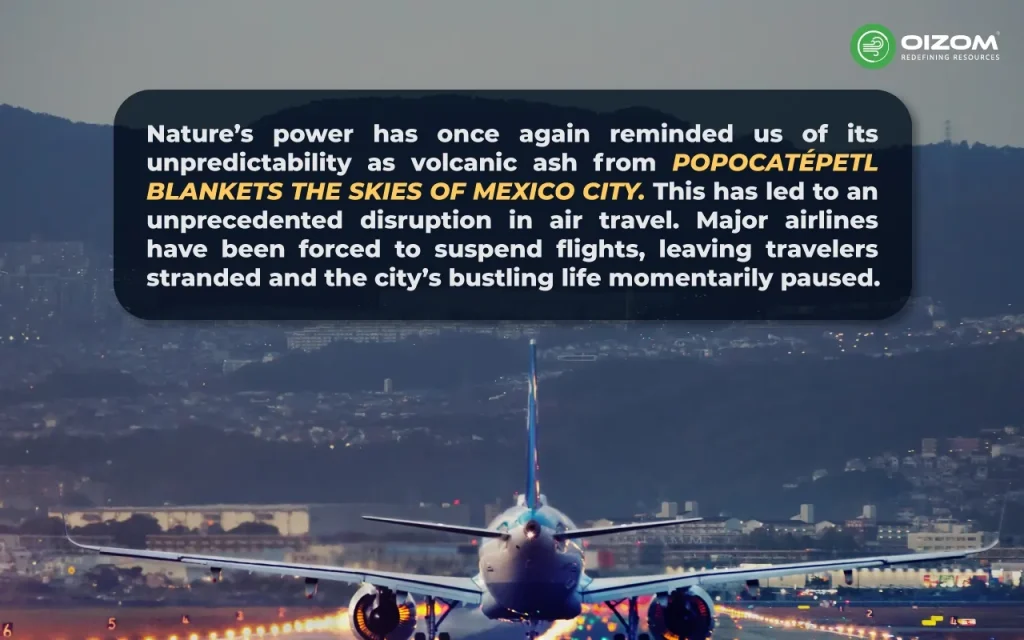
Conclusion
In conclusion, the role of environmental engineers in addressing the health effects of volcanic ash is critical. To protect health, it’s vital to minimize ash exposure by staying indoors during ashfall, using air purifiers, monitoring air quality with Oizom devices, which provide real-time accurate data, and wearing N95 respirators if outside. Special care should be taken by individuals with respiratory conditions, ensuring they follow their medical plans and limit outdoor activities. By integrating technical expertise with a deep understanding of environmental health, engineers can develop innovative solutions that protect public health, ensure the safety of water, air, and food supplies, and contribute to the long-term sustainability and resilience of communities facing the threat of volcanic activity. Resources from health organizations are recommended for comprehensive safety measures and detailed guidance.

